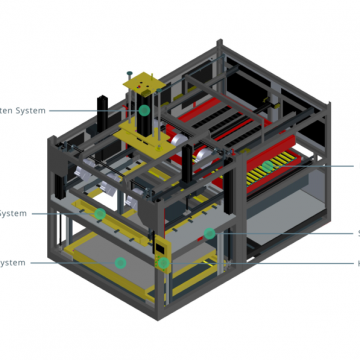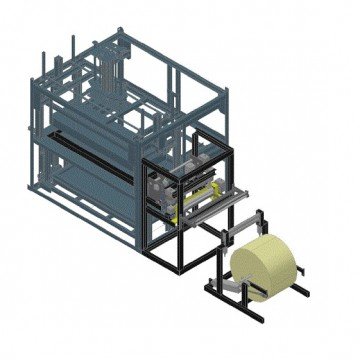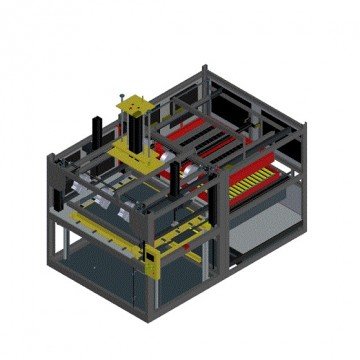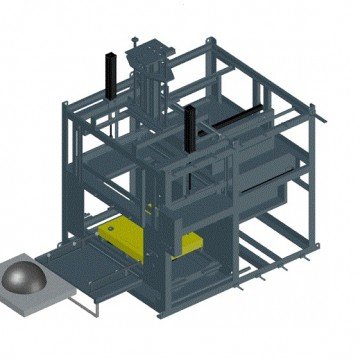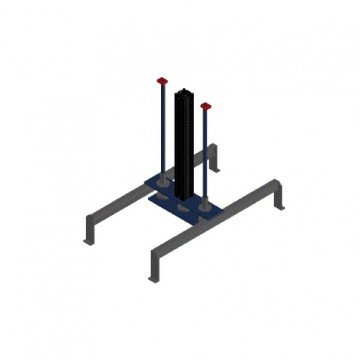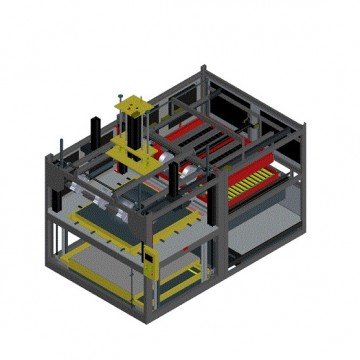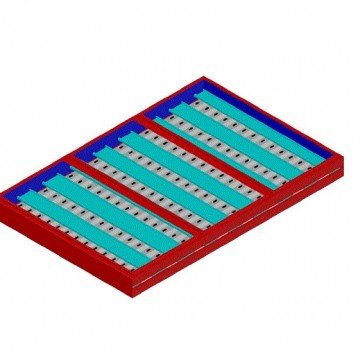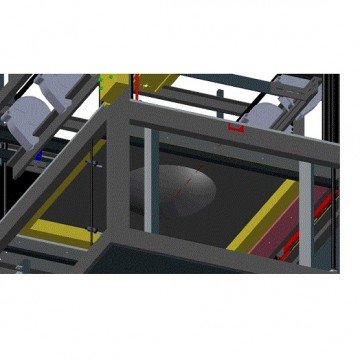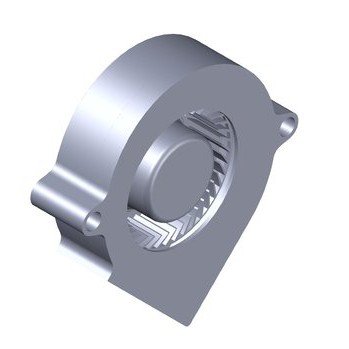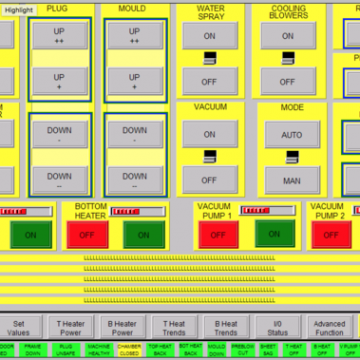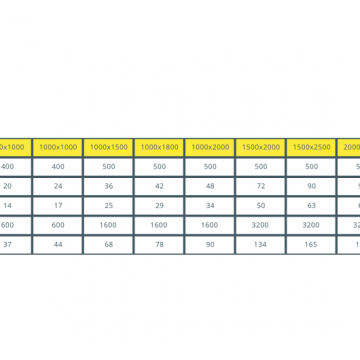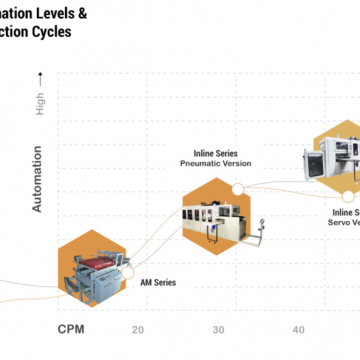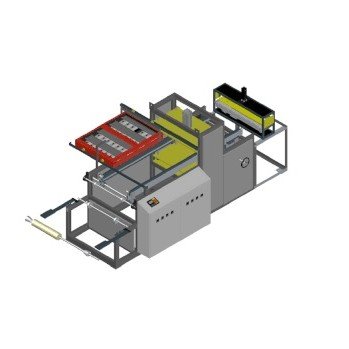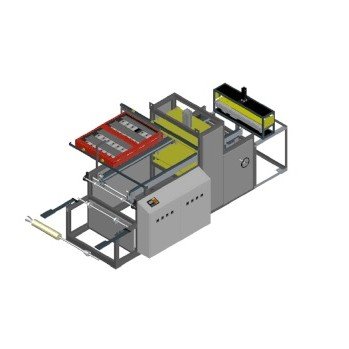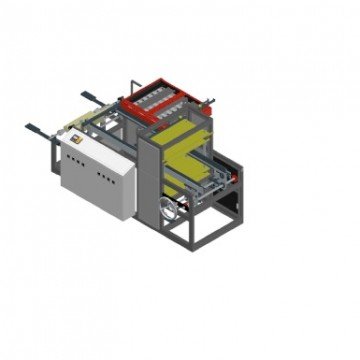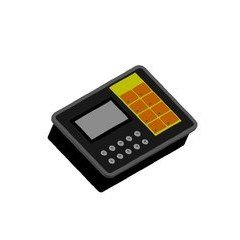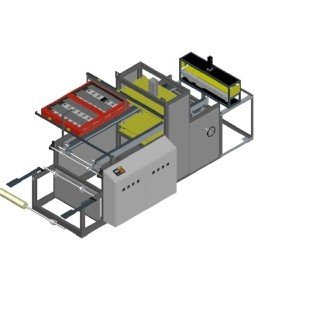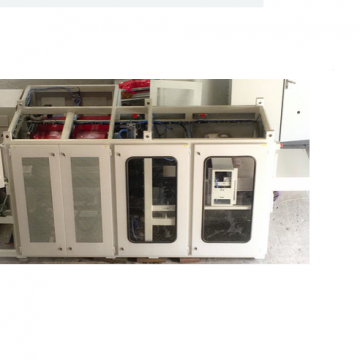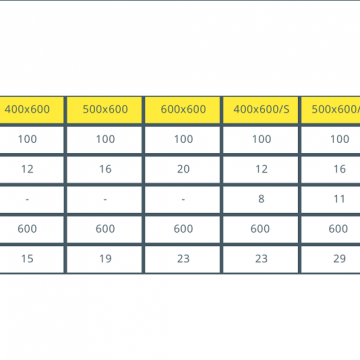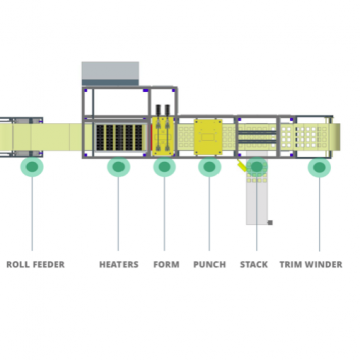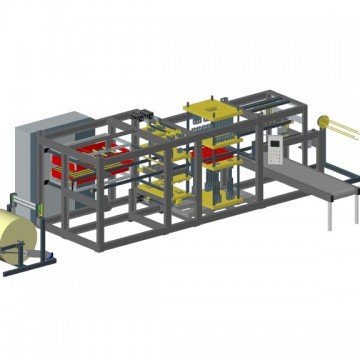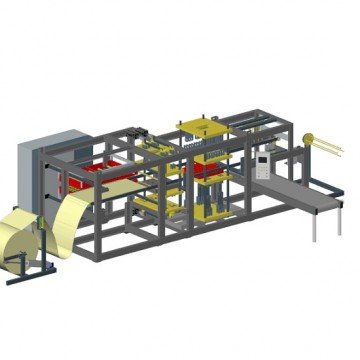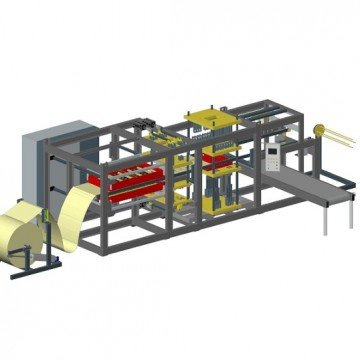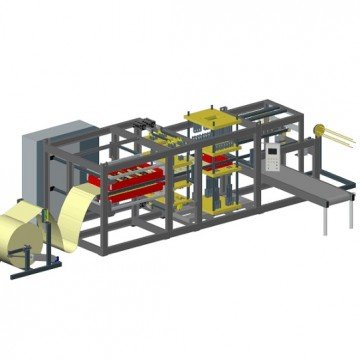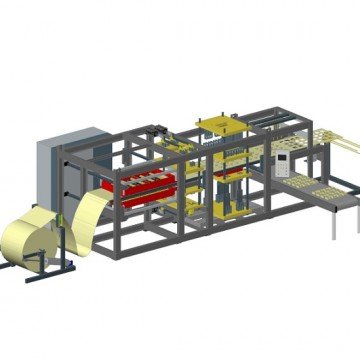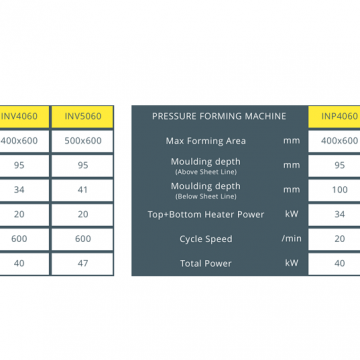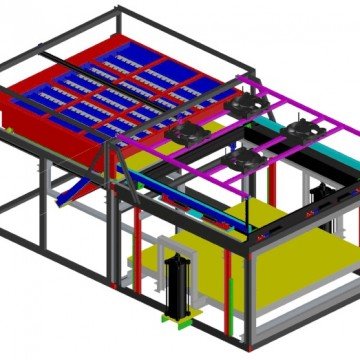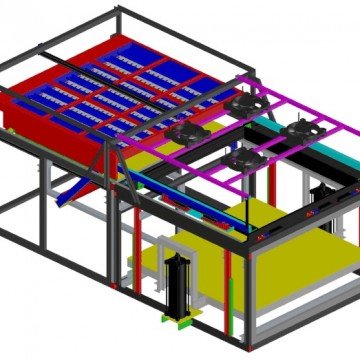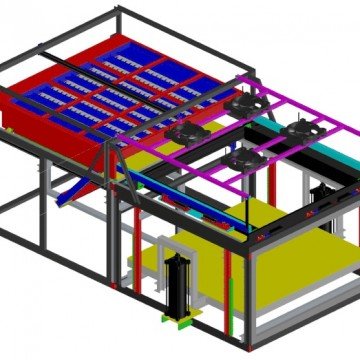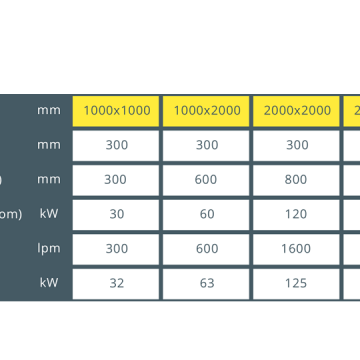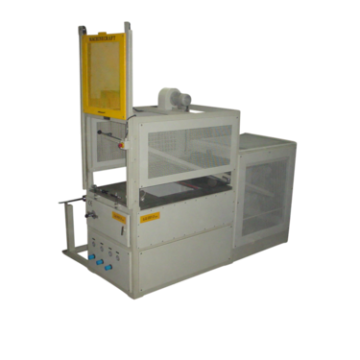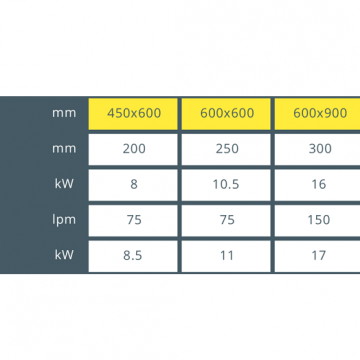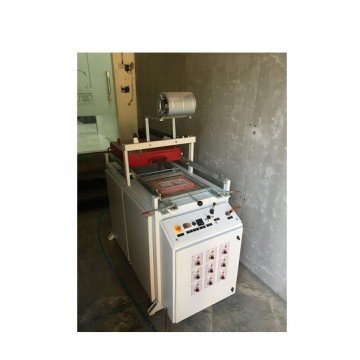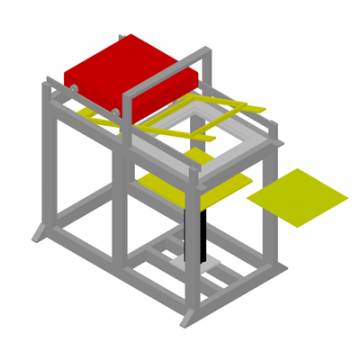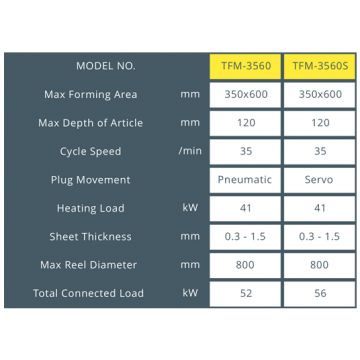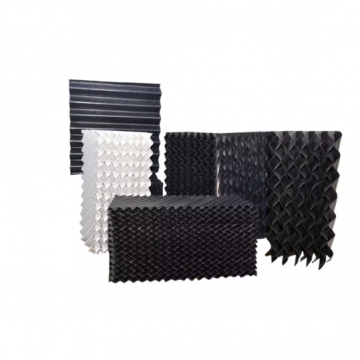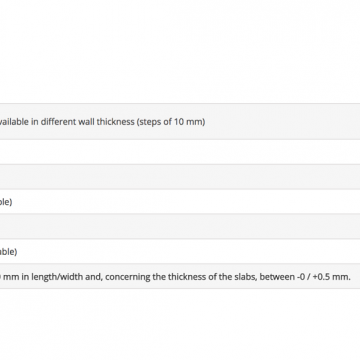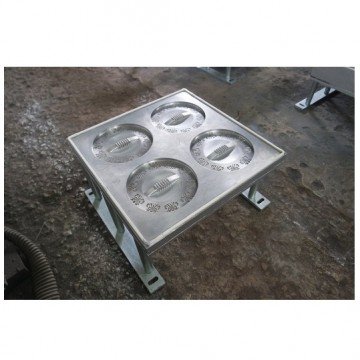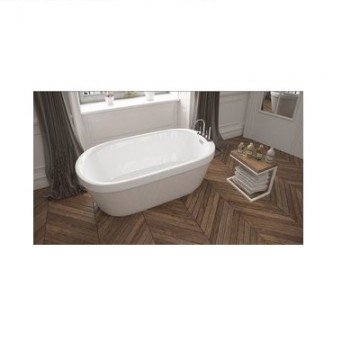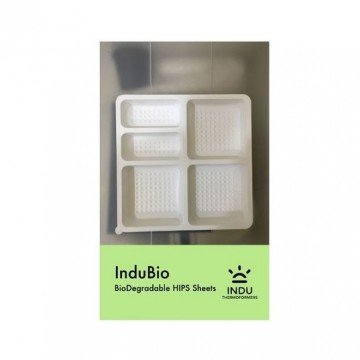THERMOFORMING MOULD MAKING
Thermoforming mould making is a process used by manufacturers to produce thick sheet products and thin sheet products. Machinecraft's Mould Division offers moulds for both the types of machines and processes. Many of the moulds for thermoforming are machined from aluminium and require a CNC milling machine capable of producing very smooth surface finishes. When it comes to the use of aluminium, it refers to a process by which tools are produced from machined plates of aluminium under both certain temperatures and pressures. While many elect to use wood for this purpose, aluminium serves as the go-to option for lasting design and functionality purposes. Thermoform tooling, when combined with advanced finishing techniques, is thought to produce results not all that different from what would be expected of injection moulding. No matter the medium used, thermoform tooling is particularly effective because of its ability to offer close tolerances, tight specifications, and sharp detail. Aluminium thermoforming is a particularly desirable option as opposed to injection moulding as well because of the relative ease of using it to produce any number of parts of a particular size and shape.
TYPES OF ALUMINIUM THERMOFORMING MOULDS
: There are several different kinds of thermoforming moulds; Machined, Cast Aluminium, and Porous Moulds. Each of these different type moulds serves a different purpose, whether one’s looking for a textured or multi-dimensional design, whether one is looking to have a prototype created for future refining or if the design is more set in stone and one’s looking for a mole that can go the distance. Each of the moulds varies in its effectiveness of use depending on their intended purpose as follows:
Machined Aluminum Moluds
: There are several different kinds of thermoforming moulds; Machined, Cast Aluminium, and Porous Moulds. Each of these different type moulds serves a different purpose, whether one’s looking for a textured or multi-dimensional design, whether one is looking to have a prototype created for future refining or if the design is more set in stone and one’s looking for a mole that can go the distance. Each of the moulds varies in its effectiveness of use depending on their intended purpose as follows:
Machined Aluminum Moluds
: This type mold is most typically constructed for shallow parts with small draw ratios. Aluminum is most often used in constructing these type molds because of their ability to hold cost to tolerances. When being constructed, the molds they are mounted on a control base as a way of controlling the mold temperature as the mold is formed. A number of different mold types can be machined using aluminum molds including male and female molds and vacuum- and pressure-form molds. The preferred medium for these type molds is aluminum specifically because of its ability to offer texturing as well as features including both loose and pneumatic cores and inserts.
Cast Aluminum Moulds
: Machinecraft has partnered with ALWA Germany and offers ALWA Mould D Resin which can be poured into a pattern and within a few hours, you can get an aluminium mould. ALWA MOULD D consists of two resin components and an aluminium filler. Moulds made of ALWA MOULD D are resistant to temperatures of up to 135 °C, short term exposure of up to 180 °C is possible, taking into account the lower compressive strength of the mould due to the temperature. In order to control the temperature of the mould during the production process, copper pipes or heating systems at a distance of 3 – 4 cm to each other and of 1 – 2 cm to the pattern’s surface can be included in the casting process. To ensure the same thermal expansion coefficient only aluminium and perforated aluminium sheets (wall thickness of 2 – 3 mm) should be attached to the casting box as reinforcements, which are afterwards recast with casting resin. All inserts should have a minimum distance of 10 mm to the pattern’s surface.





